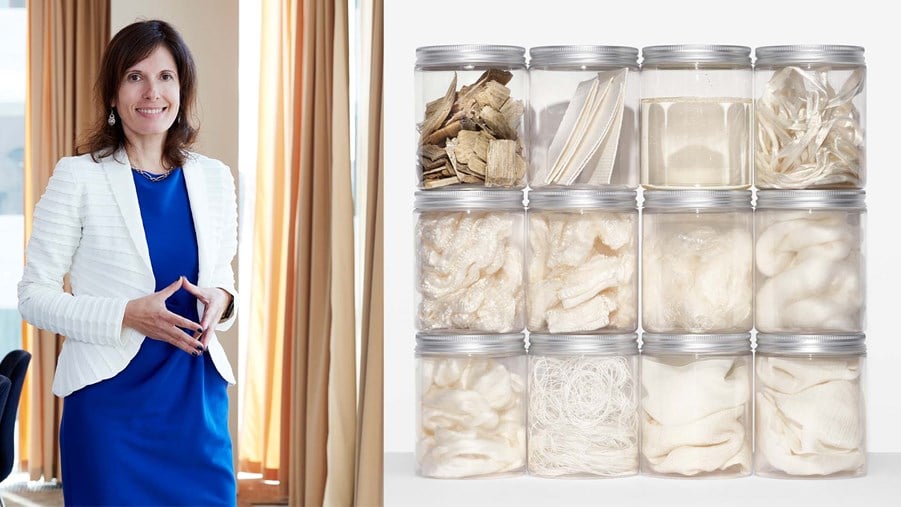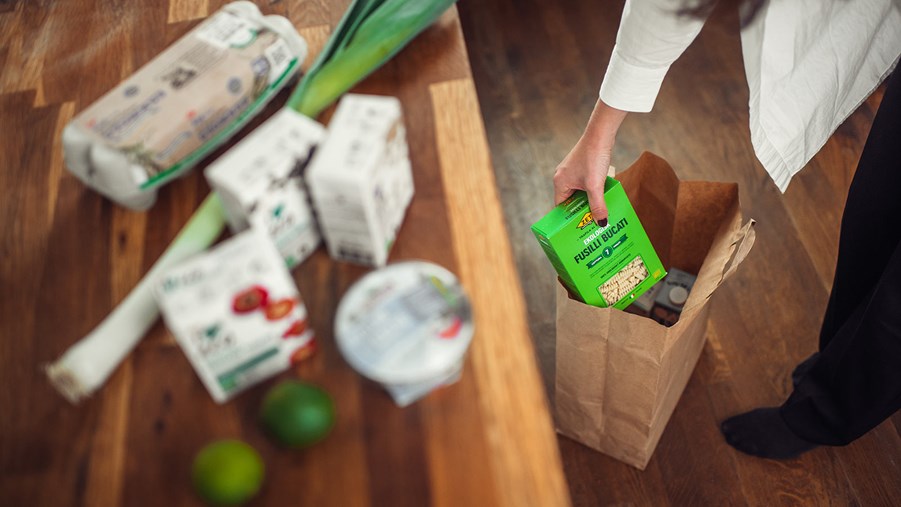
Swedish company TreeToTextile has developed wood-based cellulose fibres with all the benefits of existing fibres but at a fraction of the climate impact – a breakthrough that is set to dramatically reduce the global fashion and home textile industry’s environmental footprint and serve as key step towards a more circular society for all.
“Reducing climate impact is our main driver – we use fewer chemicals, less water, less energy, and nor do we chemically derivatise our fibres. We use water-based solvents and recover the chemicals we do use as much as possible,” says Dr Roxana Barbieru, CEO TreeToTextile.
The company uses unique chemical processes that use renewable forest raw materials to regenerate cellulose feedstocks into a textile fibre by spinning dissolving pulp.
The new fibres are highly versatile, combining the most attractive qualities of cotton and viscose with a quality cotton hand-feel, which customers – and therefore retailers – love, and the draping characteristics of viscose.
Crucially, the new fibre also has a 70 to 90 per cent lower environmental impact than conventionally produced fibres. The fibre also reduces production costs.
“This fibre was started mainly for sustainability. We want to lead positive change in the textile industry for generations to come, to improve resource stewardship [in the fashion industry], reduce the carbon footprint and reduce water and chemical use,” Barbieru says.
More broadly, the circular society will be dependent on fibres and products that can be reused and recycled. TreeToTextile’s processes and fibres are climate-smart and benefit a society and a consumption model that needs to move away from fossil emissions and fossil products to products and materials that can be recycled.
Meanwhile, although TreeToTextile has initially focused on clothing and home textile applications, it also plans to look at developing the fibre for use in non-woven and hygiene applications. The potential markets are considerable and TreeToTextile fully intends on targeting global markets.
Neither does TreeToTextile intend on limiting its raw materials to wood: the company is also looking at residual streams from agriculture and recycled textile pulps.
“Our feedstock needs to fulfil certain criteria, i.e., they must be sustainable, and of course it’s crucial that they are financially viable. We’re interested in all cellulose-rich feedstocks from alternative sources, as long as all fractions are valorised. We need our process to be flexible and circular,” says Barbieru.


